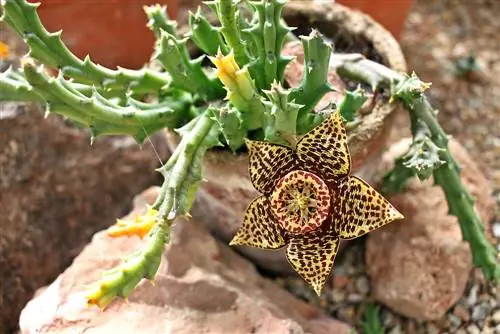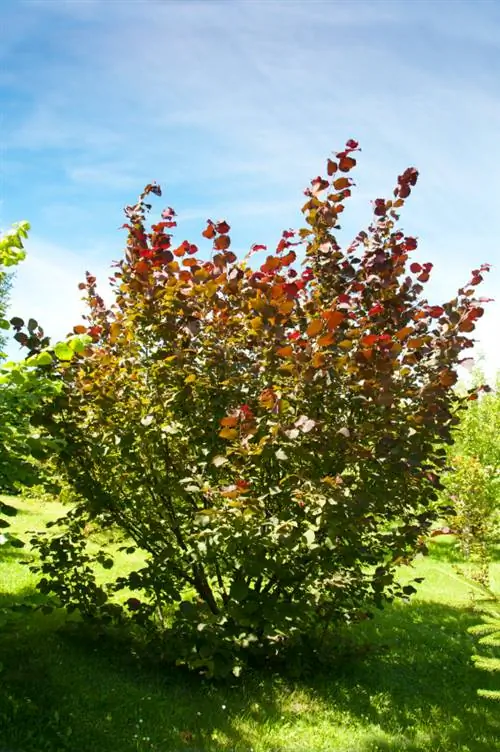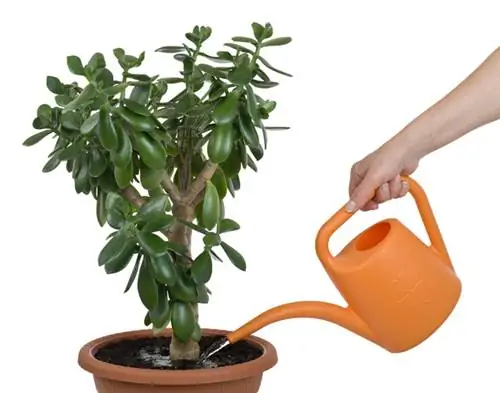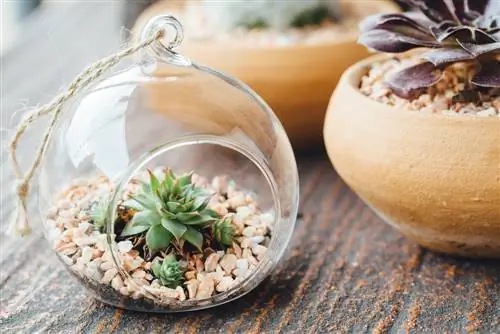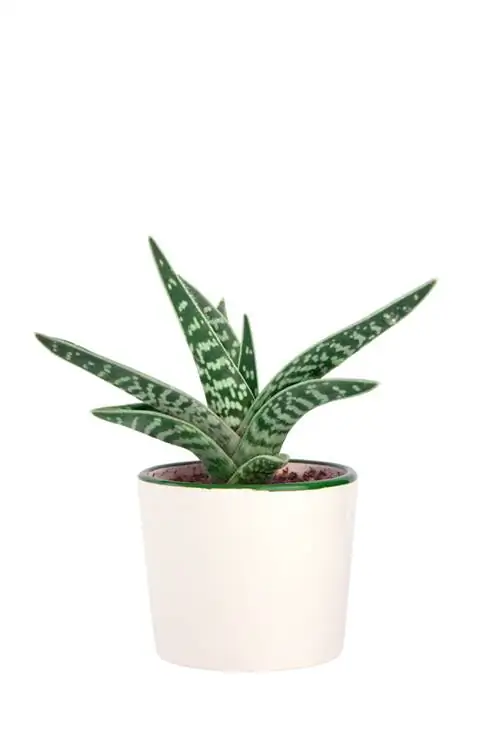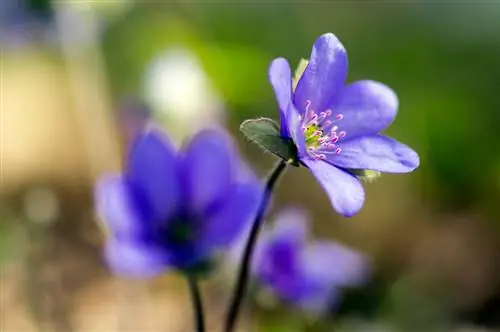- Author admin [email protected].
- Public 2023-12-16 16:46.
- Last modified 2025-01-23 11:21.
Stapelia is an unfortunately poisonous succulent that is cared for because of its very showy flowers. Caring for this ornamental plant is incredibly easy. She easily forgives small care mistakes. This is how you care for Stapelia properly.
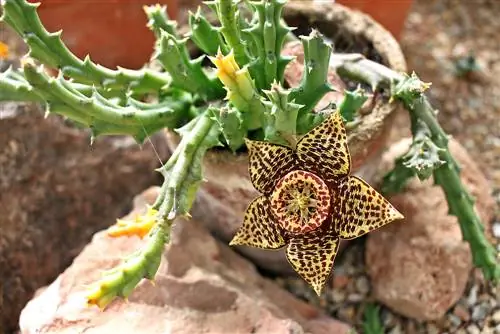
How do you care for a Stapelia succulent?
Stackia succulent care includes regular dipping instead of watering, preferably with rainwater, occasional cactus fertilizer in the main growth phase and less often in winter. The plant should be kept in shallow pots and repotted annually in spring. Check for pests and diseases and give the Stapelia a cool, bright location during the winter break.
How do you water Stapelia?
- Diving instead of watering
- water more frequently in summer
- use rainwater if possible
Stapelia doesn't like it completely dry, but it can't tolerate too much moisture. It is therefore better to dive the plant. To do this, place the pot in a bowl or bucket of water for some time until the substrate is soaked. Before diving again, allow the soil to almost dry out. This promotes flower formation.
In summer, Stapelia needs more frequent watering. In winter, the plant is carefully dipped every 14 days at most, without completely soaking the substrate.
Is Stapelia fertilized?
During the main growth phase in summer, give the Stapelia some cactus fertilizer at eight-week intervals (€6.00 at Amazon). You must not fertilize Stapelia during the rest period.
When do you repot Stapelia?
Stapelia grows quite quickly and therefore needs to be repotted more often than other succulents. The best time for repotting is spring.
Do not use planters that are too deep. Before repotting the Stapelia, check the roots for rot or disease.
What diseases and pests should you watch out for?
If there is too much moisture, there is a risk that the stems will rot. Fungal infections occasionally occur if the plant is kept too moist.
Mealybugs and mealybugs are more common pests. Observe the plant regularly and combat an infestation immediately.
What does winter care look like?
From October to February, the Stapelia definitely needs a break if it is to bloom next year. It is brought to a location where it is bright and temperatures are between 12 and 15 degrees. In a dark place, you should provide more light with plant lamps.
During the winter there is hardly any watering or fertilization.
Tip
The Stapelia is also called the carrion flower. Their flowers give off a very unpleasant smell. The care of this extraordinary succulent is therefore usually only interesting for real garden experts.

